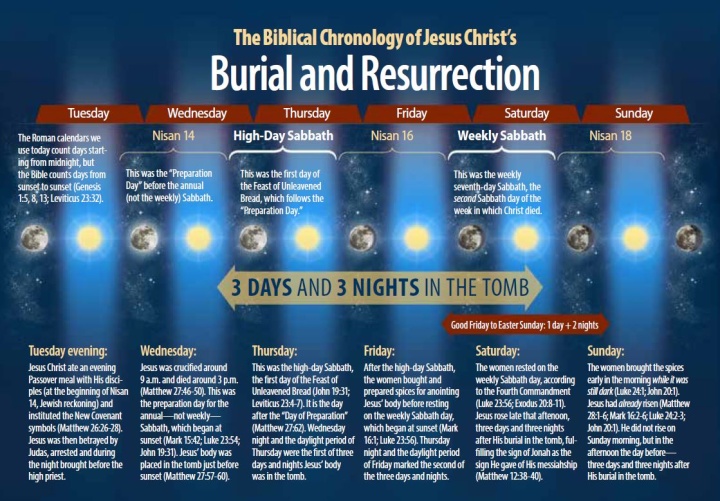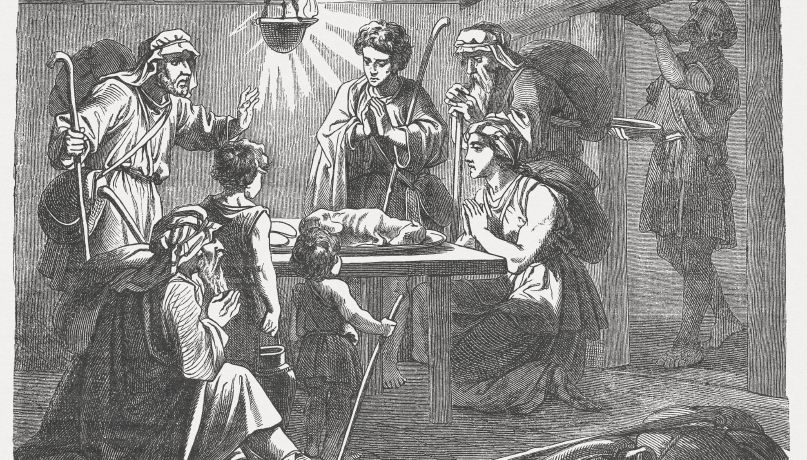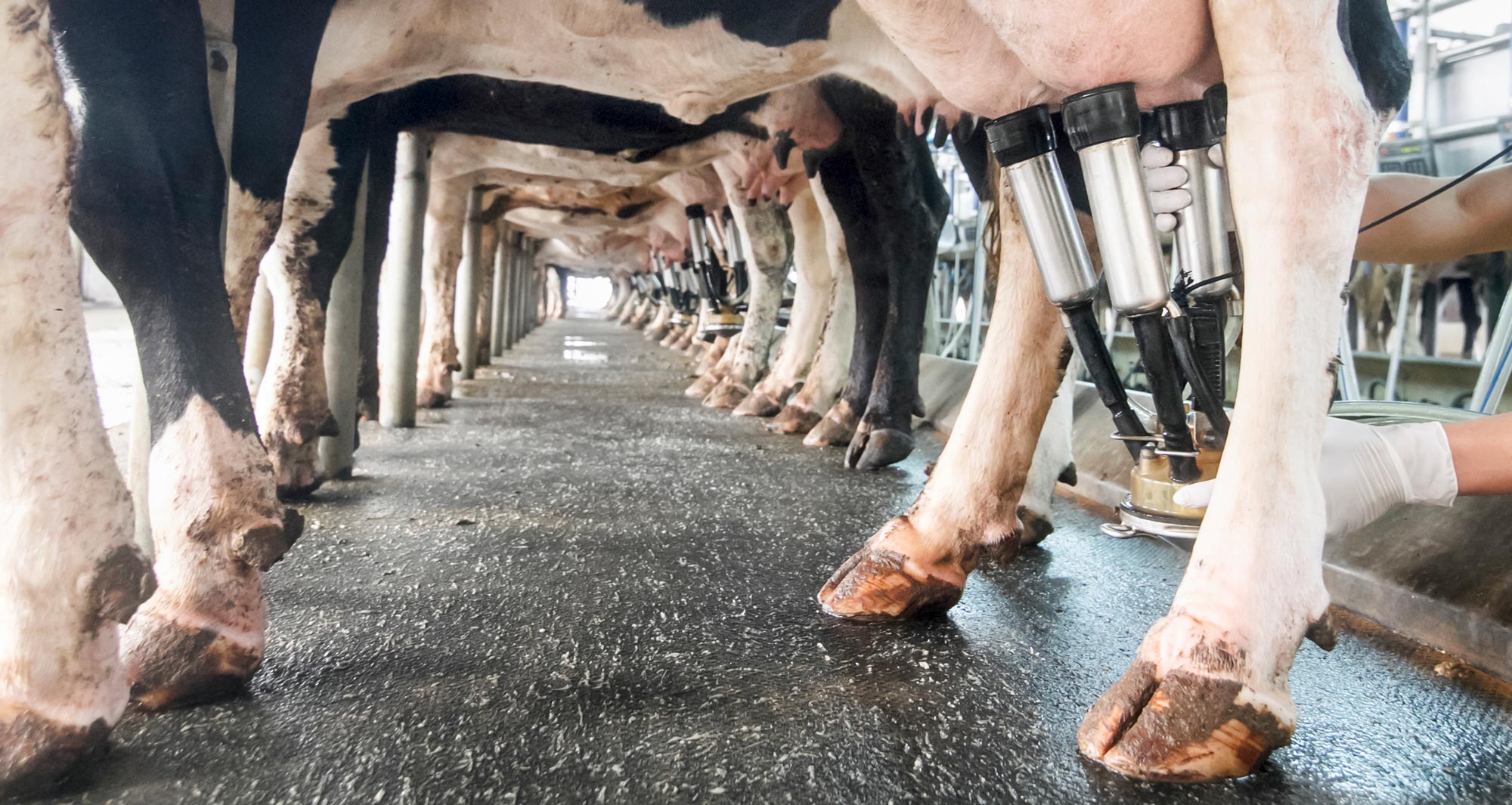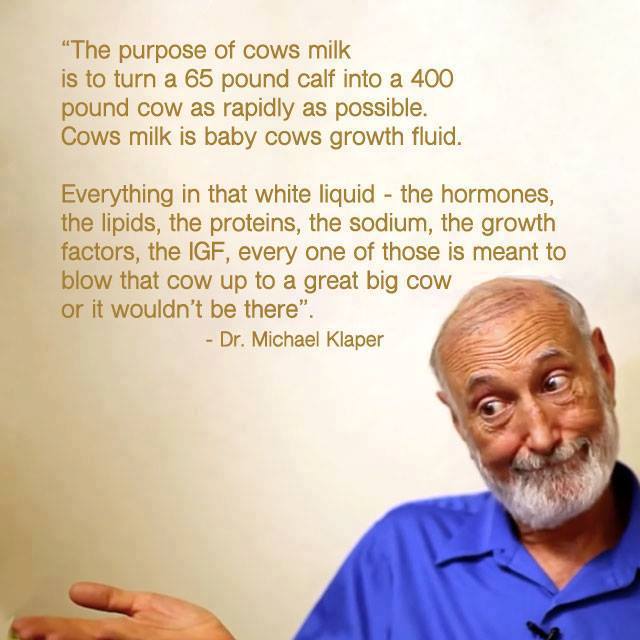.
Five Keys to Answered Prayers
 “Have you ever asked, “Why won’t God answer my prayer?” Does God answer prayers? How can you pray to God and get answers? Here are five keys to answered prayer.
“Have you ever asked, “Why won’t God answer my prayer?” Does God answer prayers? How can you pray to God and get answers? Here are five keys to answered prayer.
If you are like me, you probably relate to King David’s poignant prayer:
“Give ear to my words, O LORD, consider my meditation. Give heed to the voice of my cry, my King and my God, for to You I will pray” (Psalm 5:1-2).
David was fervently asking God to listen to and answer his prayers.
The Bible shows that God deeply cares for us, and He wants us to pray to Him. But how can we know that God hears our prayers? Does the Bible reveal keys to praying so God will hear and answer us?
Thankfully, God answers those questions for us in His Word. The Bible reveals five keys to answered prayers.
The five keys to answered prayer are:
First key to answered prayer: Ask God in prayer
Jesus said in Matthew 7:7, “Ask, and it will be given to you” (emphasis added throughout). This is a very basic starting point. However, it is one that too often is misunderstood or not used.
A young man told me once that he hadn’t prayed in two years. I stressed to him the importance of prayer. His reply was, “But doesn’t the Bible say God knows what we need before we ask?” He was referring to Christ’s words in Matthew 6:8. Does this scripture mean we don’t need to actually pray to God and ask Him to intervene in our lives?
Yes, our Father does know what we need before we ask, but by asking we show our Father that we see the need for His help and intervention, and really want His help. Asking shows Him how important the need is to us. God wants us to have a relationship with Him, and a relationship is built through communication. He wants us to openly communicate our needs to Him.
Luke’s account of Jesus’ words adds an important truth, “Ask, and it will be given to you; seek, and you will find. … For everyone who asks receives. … If a son asks for bread from any father among you, will he give him a stone? … If you then, being evil, know how to give good gifts to your children, how much more will your heavenly Father give the Holy Spirit to those who ask Him!” (Luke 11:9-13).
One of our greatest needs is for the power of God’s Holy Spirit. We need God’s Spirit to learn to worship, serve and understand God’s truth and ways (John 4:24). God says He will give His Spirit to those who ask Him. We need to be asking for help and power from God (which He gives through His Spirit) on a daily basis.
That’s just one thing we should ask God for. God also wants us to take other needs and desires to Him in prayer.
Second key to answered prayer: Have faith in God
Having faith―truly believing God is God and will indeed hear and answer―is an essential key to receiving answers to our prayers. The apostle James explained in James 1:5-8, “If any of you lacks wisdom, let him ask of God. … But let him ask in faith, with no doubting, for he who doubts is like a wave of the sea driven and tossed by the wind. For let not that man suppose that he will receive anything from the Lord; he is a double-minded man, unstable in all his ways.”
Faith is founded on God’s promises. When God has given a promise, we can rely on the fact that God will always do what He has promised.
This was Abraham’s example when God told him he would have a son in his old age. “He did not waver at the promise of God through unbelief, but was strengthened in faith, giving glory to God, and being fully convinced that what He had promised He was also able to perform” (Romans 4:20-21).
Jesus spoke clearly about faith and prayer in Mark 11:22-24: “Have faith in God. … Therefore I say to you, whatever things you ask when you pray, believe that you receive them, and you will have them.”
If we truly want God to answer our prayers, we must have a deep faith in God’s existence, His promises, His love and His unlimited power to answer our prayers.
Asking in faith is an essential key to answered prayers.
Third key to answered prayer: Seek God’s will
The apostle John wrote, “Now this is the confidence that we have in Him, that if we ask anything according to His will, He hears us. And if we know that He hears us, whatever we ask, we know that we have the petitions that we have asked of Him” (1 John 5:14-15).
God does promise to answer our prayers—but “according to His will.”
It’s important to understand that God doesn’t promise to answer every prayer in exactly the way we ask Him to. For instance, if we ask God for things to spend on our own selfish pleasures, we may not receive them (James 4:3). It’s outside of God’s will for us to be selfish and covetous.
Someone exclaimed to me once, “Oh, if we only knew God’s will!”
But God’s will is not some mystical, unknowable thing. God reveals His general will to us in the pages of the Bible. The Bible reveals God’s laws, which explain the guidelines for how He wants us to live. It is God’s will for us to live as He designed life to be lived to produce happiness. It is God’s will for us to understand the truths of the purpose of life and what He is doing when He gives us access to that knowledge. It is God’s will for us to claim the many promises He has given us in His Bible.
What are some of His promises―things it is His will for us to claim?
The sample prayer―often called the Lord’s prayer―gives a number of examples (Matthew 6:9-13):
- Give us this day our daily bread (provide our needs).
- Forgive us our debts (sins).
- Do not lead us into temptation (help us be alert to avoid situations that lead to sin).
- Deliver us from the evil one (help us overcome Satan’s influences in our lives).
Other promises include:
- Wisdom (James 1:5).
- Healing (James 5:14).
- All things working out for good “to those who love God, to those who are the called according to His purpose” (Romans 8:28).
There are many more promises in the Bible. It is God’s will for us to claim these. So if we come to Him asking anything that is according to His will, He hears us.
However, this is not to say that He immediately answers yes to everything that is His will.
God answers prayers in three different ways:
- “Yes.” An example of this kind of answer can be found in the life of King Hezekiah. He was sick and near death and asked God to heal him. God mercifully answered Hezekiah’s prayer and granted him an extra 15 years to live (2 Kings 20:1-6). Another example of an answered prayer like this is found in the life of Hannah. She was not able to have a child, but fervently prayed to God for a son (1 Samuel 1:11). God answered her prayer, and she gave birth to Samuel—who went on to become one of God’s prophets.
- “Yes, but not yet.” An example of this answer can be found in the Israelites’ experience in Egypt. After years in bondage, the children of Israel “cried out; and their cry came up to God because of the bondage” (Exodus 2:23). We are told God “heard their groaning” (verse 24). He did answer and deliver them, but not immediately. It was still a while before God answered their cry and led them out of bondage through the leadership of Moses.
- “No, but I have something better in store for you.” An example of this kind of answer can be found in Paul’s second letter to the Corinthians. In the letter he described a physical ailment that he suffered from. He described praying to God “three times that it might depart from me” (2 Corinthians 12:8). But God did not answer the prayer by healing the ailment. Instead, God was using the problem to teach Paul humility and reliance on Him (verses 7, 9). So in this situation, God did answer the prayer. His answer was “no, but I have something better in store for you”—spiritual character growth leading to a wonderful eternity in the family of God.
These examples can give us encouragement that even if we don’t immediately receive the answer we want, we can have faith that God still hears us and may provide His answer at a future time or by giving us an even better blessing than what we asked for.
To learn more about God’s timing in answering our prayers, read “God’s Timing Is Perfect.”
Fourth key to answered prayer: Strive to obey God
Obedience is a fundamentally important key for receiving answers to our prayers. The apostle John wrote, “And whatever we ask we receive from Him, because we keep His commandments and do those things that are pleasing in His sight” (1 John 3:22).
Obedience is a fundamentally important key for receiving answers to our prayers. The apostle John wrote, “And whatever we ask we receive from Him, because we keep His commandments and do those things that are pleasing in His sight” (1 John 3:22).
Psalm 34:15 records, “The eyes of the LORD are on the righteous, and His ears are open to their cry.” The commandments of God define righteousness (Psalm 119:172). Godly righteousness is doing what is right in God’s sight, or, as John wrote, doing “those things that are pleasing in His sight.”
God wants us to obey Him. He gave us His commandments and laws to instruct us in the principles of living that will produce the happiness we all want. God loves us and only wants us to reap good fruit in our lives. God wants us to love Him.
As Jesus said, the great commandment in the law is, “You shall love the LORD your God with all your heart, with all your soul, and with all your mind” (Matthew 22:37).
We show love for God by obeying Him. The apostle John explained this in 1 John 5:3: “For this is the love of God, that we keep His commandments. And His commandments are not burdensome.” To learn more about God’s love, read about the “Love of God.”
There are many scriptures that show God doesn’t hear the prayers of the wicked (people living in willful sin against Him), but He hears the prayers of those who strive to obey Him:
- Proverbs 15:29: “The LORD is far from the wicked, but He hears the prayer of the righteous.”
- Proverbs 28:9: “One who turns away his ear from hearing the law, even his prayer is an abomination.”
- Isaiah 59:2: “But your iniquities have separated you from your God; and your sins have hidden His face from you, so that He will not hear.”
- John 9:31: “Now we know that God does not hear sinners; but if anyone is a worshiper of God and does His will, He hears him.”
- 1 Peter 3:12: “For the eyes of the LORD are on the righteous, and His ears are open to their prayers; but the face of the LORD is against those who do evil.”
If we have not been living our lives in a way pleasing to God, we cannot come “boldly to the throne of grace” (Hebrews 4:16) expecting to receive what we ask unless we truly repent―commit to changing from the way of sin to the way of obedience.
Fifth key to answered prayer: Pray in Jesus’ name
Jesus said several times that we should make our requests―ask―in His name (John 14:13-14; 15:16). So Christians conclude their prayers “in the name of Jesus Christ” or “in Jesus’ name.” What does it mean to end our prayers with “in Jesus’ name”?
The phrase “in the name of the LORD” is used 44 times in the Bible. It was used to express that something was being done by the authority of God.
In England when someone came in the name of the king, he came with the king’s support and authority, having that privilege conferred upon him by the king himself. No one could take this privilege to himself. Favor, rights and privilege also generally accompanied the one who came in the name of the king.
So, likewise, when we close a prayer to our Father with the words “in the name of Jesus we pray,” we are exercising a privilege we have been granted by our Savior and doing what Jesus commanded us to do.
The night that Jesus died as the perfect sacrificial lamb―sacrificed for our sins―He taught His disciples many truths. He told them, “Until now you have asked nothing in My name. Ask, and you will receive, that your joy may be full. … In that day you will ask in My name, and I do not say to you that I shall pray the Father for you; for the Father Himself loves you, because you have loved Me, and have believed that I came forth from God” (John 16:24-27).
To learn more about Jesus’ teachings on prayer, read “Do You Pray the Way Jesus Taught?”
Jesus wants us to come before the Father in His name. The Father deeply loves His firstborn Son. He also deeply loves us. When we come in Jesus’ name, we are obeying Jesus’ will and showing that we want to have the same relationship with our Father that He has.
We are also respecting and recognizing Jesus’ role as the “Mediator between God and men” (1 Timothy 2:5). Christians under the New Covenant approach the Father through Jesus Christ, who is “the Mediator of the new covenant” (Hebrews 9:15; see also Hebrews 8:6; 12:24).
![]() We all want to know that God hears us when we pray. We can be assured that He does if we come before Him using these keys. But there’s still much more to learn about prayer. For more about prayer, download our article reprint series How to Pray.
We all want to know that God hears us when we pray. We can be assured that He does if we come before Him using these keys. But there’s still much more to learn about prayer. For more about prayer, download our article reprint series How to Pray.
For more about prayer, see also the other articles in this section “How to Pray.”
_______
 Pleasant Words
Pleasant Words
Proverbs 16:24
Pleasant words are like a honeycomb, sweetness to the soul and health to the bones.
Many proverbs describe the power of our words for good and for ill. This verse highlights the good effects our words can have if we choose them carefully in order to benefit others.
“The Israelites saw honey as a healthy food as well as a sweetener. Any comparison to it would connote positive, healthful effects” (Nelson’s NKJV Study Bible, note on Proverbs 16:24).
For more about our words, see the section on “The Joys and Challenges of Communication.”
From: https://lifehopeandtruth.com/bible/blog/pleasant-words/?
________
Are Hot Dogs Cancerous?
“Among American favorites is the Hot Dog - a fourth of July staple that's eaten at least once a week in most households. Many Americans are so used to eating a certain way that they don't realize that they're making unhealthy choices and that those choices are affecting their kids.
However, a USC epidemiologist found that children who eat more than 12 hot dogs per month have nine times the normal risk of developing childhood leukemia. And that's not all, in another study, children who ate hot dogs one or more times per week were also at higher risk of brain cancer.
The study examined the relationship between the intake of certain foods and the risk of leukemia in children from birth to age 10 in Los Angeles County between 1980 and 1987. It also concluded that there was a strong risk for childhood leukemia for children whose fathers' intake of hot dogs was 12 or more per month before conception. This demonstrated in part that the dietary habits of parents before their child is born, as well as during pregnancy, can leave them more prone to disease.
In fact, researchers Sarusua and Savitz, who studied childhood cancer cases in Denver, found that children born to mothers who consumed hot dogs one or more times per week during pregnancy had approximately double the risk of developing brain tumors. It's been suggested that the nitrates contained in hot dogs are the cause of these health problems.
"Processed red meat commonly contains sodium, nitrates, phosphates, and other food additives, and smoked and grilled meats also contain polycyclic aromatic hydrocarbons, all of which may contribute to the increased heart failure risk," explains Alicja Wolk, D.M.Sc.
According to the Canadian Cancer Society, these nitrates act as preservatives to prevent food from spoiling, and they also add color to the meat. Nitrites and nitrates are not cancer-causing by themselves, but in certain conditions in the body, they can be changed into by-products called N-nitroso compounds, such as nitrosamines and nitrosamides. N-nitroso compounds are associated with an increased risk of cancer.
Vitamin C may be added to some preserved meats. Vitamin C keeps nitrites from changing into nitrosamines, which may help reduce the risk of cancer associated with these chemicals. However, new cases of nitrate-caused cancers still appear at an alarming rate each year.” From: https://www.sciencetimes.com/articles/22346/20190604/are-hot-dogs-cancerous.htm
Note: Most hot-dogs contain pork, which God considers an unclean meat in Lev. 11:4 because pigs are scavengers, and eat toxins, even dead things.
“However, pigs are special in that their digestive systems metabolize food very quickly in one stomach. The process only takes roughly 4 hours. Compare this with a cow which takes 24 hours to digest the food it has eaten. This longer time period further allows excess toxins to be removed during the digestive process. Toxins are not allotted the time needed to be removed from a pig’s digestive tract. As a result, the harmful toxins are accumulated in fat cells and the pig’s organs.” From: https://naturallivingfamily.com/why-is-pork-bad-for-you/
________

 If you belong to a typical mainstream church today and could somehow be transported back nearly 2,000 years to the time of the New Testament Church, wouldn’t that be exciting?
If you belong to a typical mainstream church today and could somehow be transported back nearly 2,000 years to the time of the New Testament Church, wouldn’t that be exciting?

 “Were God’s 10 Commandments abolished in the New Testament? Or does the New Testament continue to teach and uphold all 10 Commandments?
“Were God’s 10 Commandments abolished in the New Testament? Or does the New Testament continue to teach and uphold all 10 Commandments?
 UCG.org
UCG.org
 Just before His betrayal and crucifixion, Jesus asked His disciples to prepare for His final Passover (
Just before His betrayal and crucifixion, Jesus asked His disciples to prepare for His final Passover ( In the vast majority of dairy operations in the U.S., the truth is, cows do not have happy lives. They spend their time indoors, typically on hard, abrasive concrete floors and frequently connected to a milking apparatus. Most never see a blade of grass.
In the vast majority of dairy operations in the U.S., the truth is, cows do not have happy lives. They spend their time indoors, typically on hard, abrasive concrete floors and frequently connected to a milking apparatus. Most never see a blade of grass. iStock.com/naito8
iStock.com/naito8  consumption. Author and nutritional authority Michael Klaper, MD, said to FRN:
consumption. Author and nutritional authority Michael Klaper, MD, said to FRN: So overall, it seems that for many people, moving away from dairy milk may be a positive step.
So overall, it seems that for many people, moving away from dairy milk may be a positive step.










